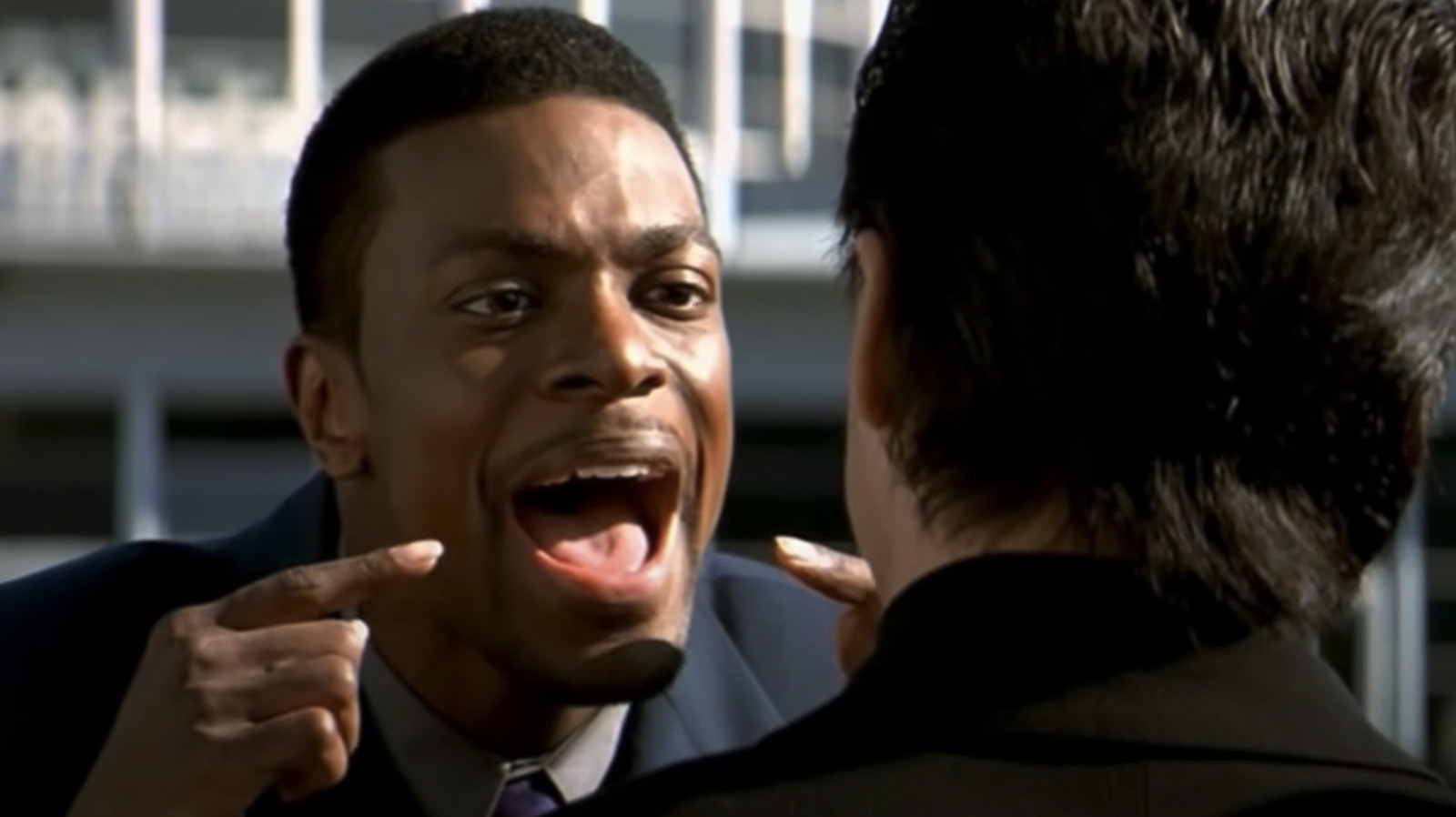This is a particularly important topic for myself on the spectrum, as I’ve had a lot of difficulties trying to follow what’s going on in the cinema. I’d have subtitles on all the time if that was possible.
Here’s why I’m not clicking your article (And you know how to fix that)
The fuckin journalists are worse than the sound engineers
It’s pretty clear about what it is to me.
“bemoaning directors’ over-reliance on music as ‘pushing emotion’ on audiences”
One of my pet peeves. It’s usually the sign of a poorly made movie if you feel you have to lay on the music because actors performances aren’t enough to convey the emotions of a scene.
Really though the last mentioned issue in the article is the main problem. (Gotta get you to scroll to the end!) The movies are mixed for a theater sound system and most don’t get remixed for television.
You mean you’re not a fan of the cover song that is slowed down to sound ominous that you hear in every got dang trailer?!
Bane beating the snot out of Batman was one of the most gripping scenes of all time. Zero music.
Also No Country for Old Men in its entirety.
Nailed it!
Very much the case of streaming movies, like the brothers one with Peter Dinklage and Josh Brolin. They’re phoning it in while those working post are trying to make it gel better. I don’t know if I’ve seen a genuinely good movie which went straight onto streaming platforms.
The Mitchells vs. the Machines was good, but it wasn’t produced for streaming.
A good director will know how to use music to its full advantage to elevate a scene. How could you watch the Interstellar docking scene without Hans’ No Time for Caution? Or major chunks of Dune without the soundtrack?
But, audio ducking the music to make sure the narration is understandable is just as important. Lay on the music when there isn’t dialogue, and bring it down when it’s time to listen to the narration.
That’s a brilliant article.
Assuming facts are accurate, and there’s not much missing info, it explains so much about why I’ve consistently hated the sound on streaming services. Even with my full home theater setup instead of just stereo, there’s flaws that stand out compared to dvd or bluray.
Take the opening scene of evil dead. Well, I can’t recall if it’s 1 or 2 that has this particular scene. But it’s when the swing is banging against the cabin. On DVD the sound is balanced roughly right; the banging isn’t out of line with the dialogue, no need to mess with volume. But streaming? Again, I can’t even remember what service it was on, but that banging was absurdly loud compared to the dialogue, and so were the effects. It was a horrible experience to a movie I’ve seen literally hundreds of times over the years.
When that happens, it’s usually because the sound being broadcast doesn’t match your tv’s sound setup. The easiest thing to do is to switch it to mono. You don’t get the nice stereo effects, but at least you can hear everything without being blasted out of your seat.
Or, if you can afford it and have the space, get a 5.1 surround system (or better). Most movies and series are mastered in surround and besides being a more immersive experience in general, dialogue is primary played by a designated speaker (center speaker) and most sound systems allow you to boost the output to said speaker, making dialogue stand out a bit more against the music/noise.
Or for a quick fix, use an equaliser to boost the 200-4000Hz frequencies. Put a slight suppression on anything higher and a lot of the music will be quieter.
Double this.
The new dialogue Enhancer feature on the AppleTV 4K works quite nicely on almost everything.
I like just using the “reduce loud sounds” setting which indirectly makes dialogue louder compared to very loud scenes.
Is that the one for your dialogue in the room or the viewed media
Media. There’s also like a level 2 called, IIRC, Boost Dialogue, but that one tends to screw with the rest of the audio track, whereas Enhance level has minimal impact (pretty much unnoticeable…MOST of the time. I have had some media where I definitely have turned it off).
A picture you can hear.








